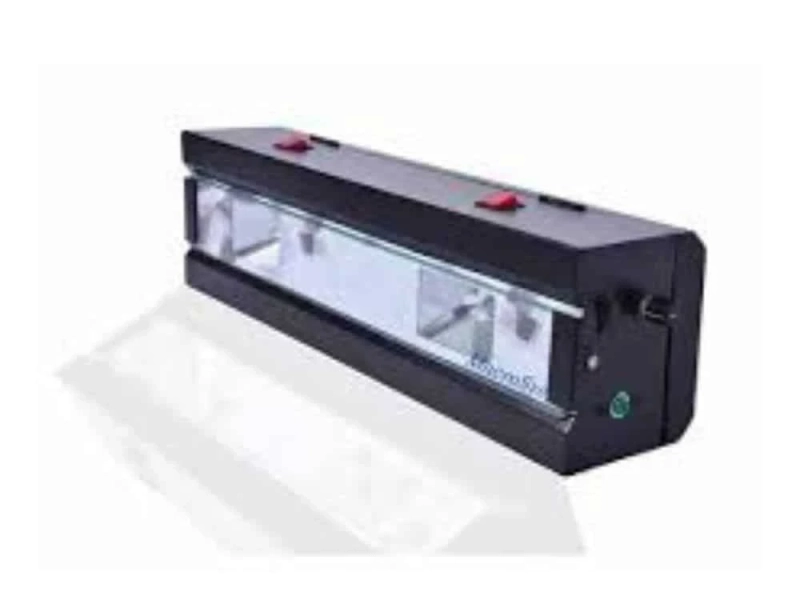Stroboscope, those enigmatic devices that emit bursts of light at precise intervals, have found their way into numerous industries, revolutionizing how we observe and analyze motion. In this article, we\'ll explore the fascinating world of stroboscopes, their working principles, various types, and the wide array of applications where they play a pivotal role.
Unraveling the Stroboscope\'s Magic
At its core, a stroboscope is a tool that creates the illusion of freezing or slowing down rapidly moving objects or processes. It accomplishes this by emitting brief, intense flashes of light at regular intervals, precisely synchronized with the frequency of the motion being observed. When the flashing light aligns with the motion\'s frequency, it appears as if the object is either stationary or moving in slow motion, allowing for detailed inspection and analysis.
Working Principles of Stroboscopes
The fundamental working principles of stroboscopes are as follows:
Synchronization: The stroboscope\'s flash rate is adjusted to match the frequency of the moving object or process.
Flashing Light: The stroboscope emits intense flashes of light, either from xenon flash tubes, LEDs, or other light sources.
Observation: The operator observes the object through the flashing light, which creates the stroboscopic effect.
Analysis: By adjusting the flash rate, users can slow down or freeze the object\'s motion, making it easier to inspect and analyze details.
Types of Stroboscopes
Stroboscopes come in various types, each suited to specific applications:
Xenon Flash Tube Stroboscopes: Known for their high brightness and short-duration flashes, these are often used in manufacturing, maintenance, and high-speed photography.
LED Stroboscopes: Energy-efficient and durable, LED stroboscopes have gained popularity, particularly in portable and continuous inspection applications.
Digital Stroboscopes: Featuring digital displays and precise controls, digital stroboscopes offer flexibility and ease of use.
Portable Stroboscopes: Compact and battery-powered, these are designed for on-the-go inspections and troubleshooting.
Tachometer Stroboscopes: Combining stroboscopic and tachometer functions, these devices provide both motion analysis and RPM measurements.
Applications Across Industries
Stroboscopes find applications in a wide range of industries:
Manufacturing: Quality control, maintenance, and troubleshooting of machinery.
Automotive and Aviation: Engine diagnostics, timing adjustments, and component inspections.
Science and Research: Vibration analysis, material testing, and high-speed event capture.
Entertainment and Art: High-speed photography, cinematography, and stage lighting effects.
Printing and Packaging: Print registration, defect detection, and quality control in printing machines.
Academic and Educational: Demonstrations and experiments in physics and engineering.
Advantages and Limitations
Advantages of stroboscopes include precise motion analysis, real-time monitoring, non-invasive inspection, versatility in types, energy efficiency, and high brightness. However, limitations may include challenges at extremely high speeds, the need for a visible reference mark, and environmental factors influencing their effectiveness.
Conclusion
Stroboscopes are remarkable devices that unlock the power to freeze time and observe the fast-paced world with unparalleled precision. From manufacturing floors to research laboratories, from the entertainment industry to the world of printing and beyond, stroboscopes have become indispensable tools, offering insights, enhancing quality, and enabling innovation. As technology continues to advance, the versatility and applications of stroboscopes are likely to expand, illuminating the path to discovery and excellence in numerous fields.



